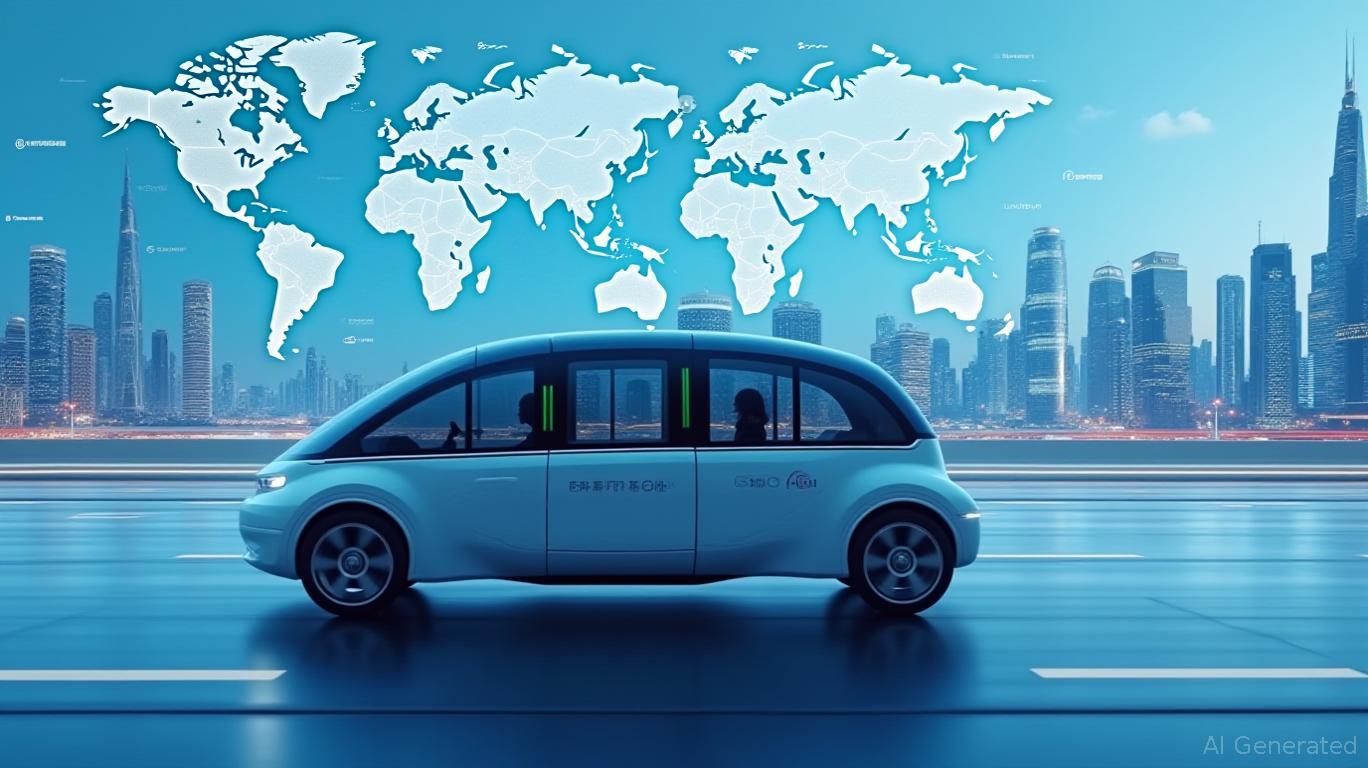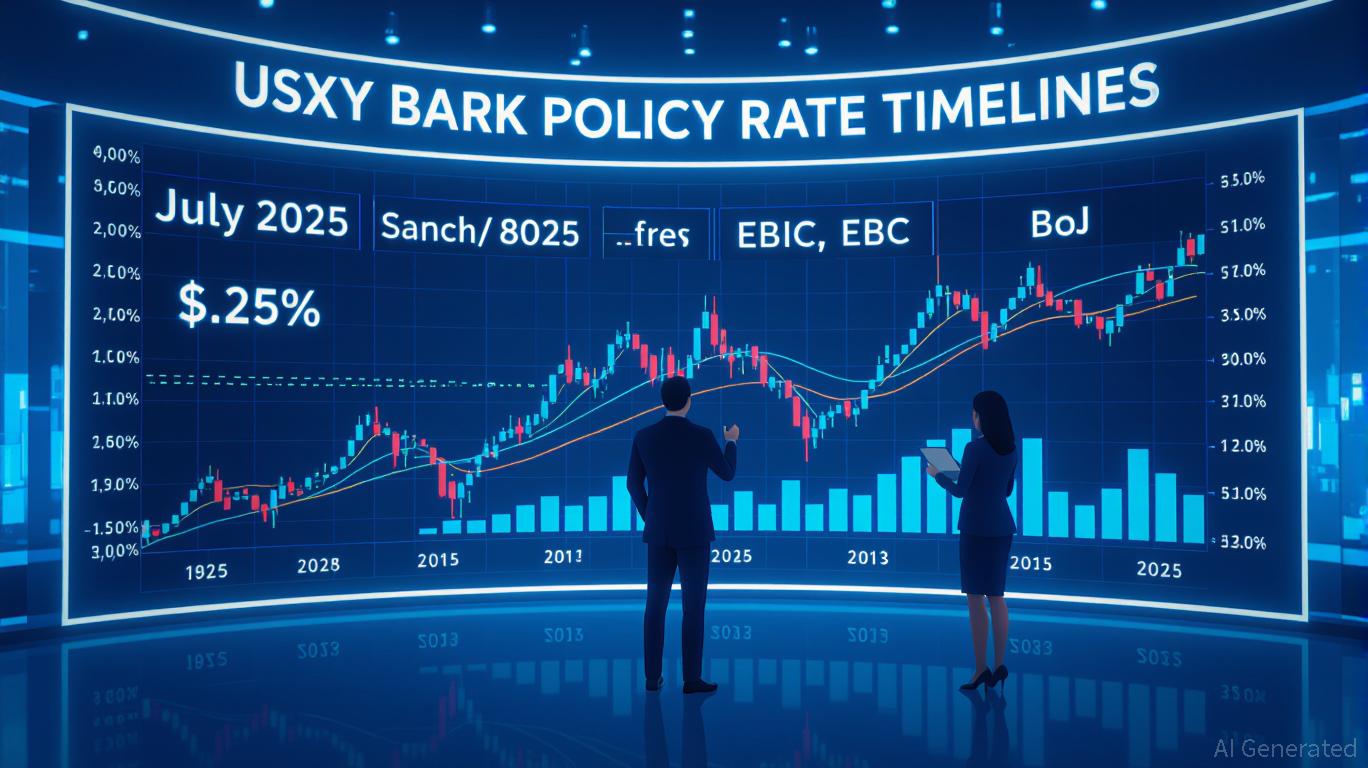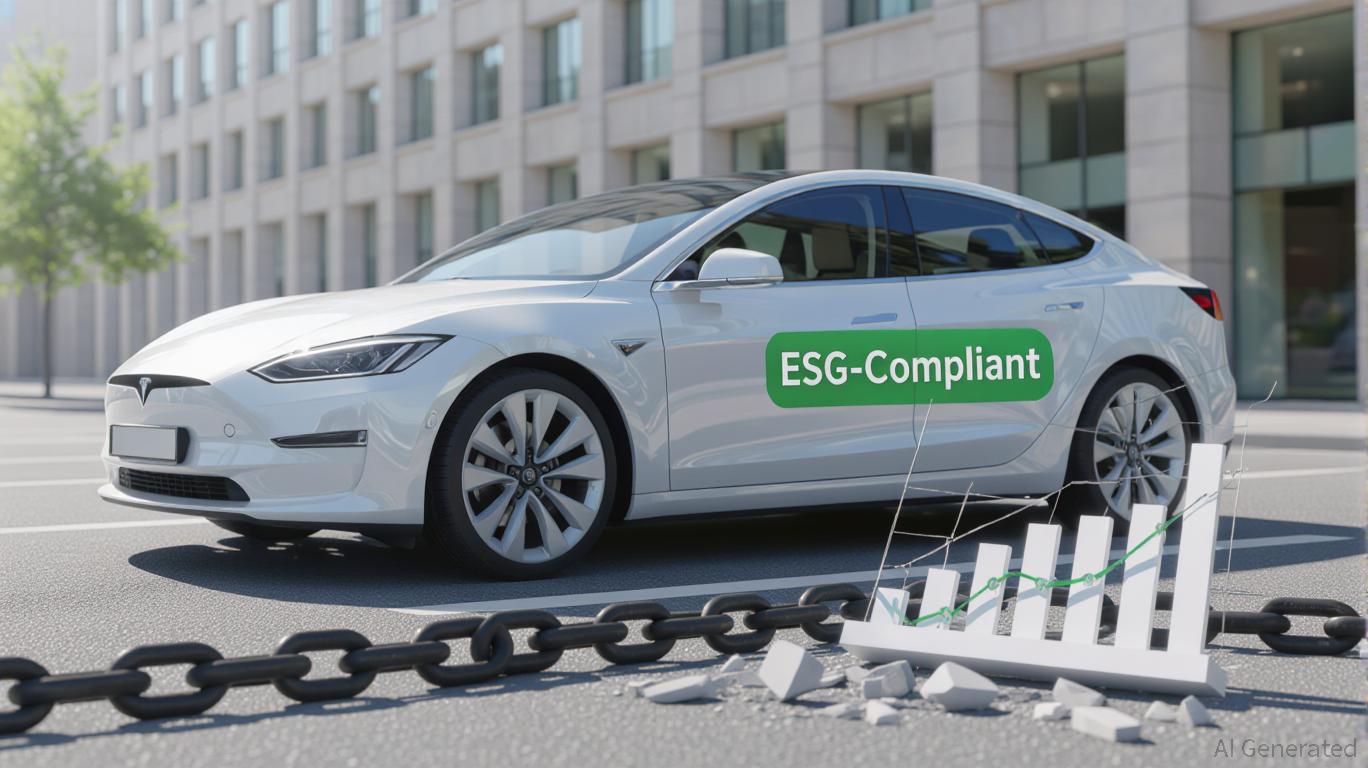AInvest Newsletter
Daily stocks & crypto headlines, free to your inbox
The autonomous vehicle (AV) sector is at a crossroads. After years of incremental progress, 2025 has become a pivotal year for companies like
, which now faces a critical decision: pivot aggressively toward autonomous dominance or risk irrelevance in a market projected to hit $214.3 billion by 2030. The recent rumors of Uber's potential acquisition of Pony.ai's U.S. subsidiary—backed by founder Travis Kalanick—signal a bold strategic shift. But is this move a masterstroke or a risky gamble? Let's dissect the opportunities, regulatory hurdles, and investment implications.
Uber's exit from its self-driving division in 2018 left it reliant on partnerships like its ride-hailing deal with Waymo. Now, acquiring Pony.ai's U.S. operations would reposition Uber as a technology owner rather than a mere platform operator. Pony's Gen-7 system—boasting a 70% reduction in hardware costs compared to earlier models—could be the missing piece. By integrating this tech onto Uber's global network, the company aims to leapfrog competitors like Waymo and
, which lack Uber's scale in ride-hailing distribution.The partnership's first phase, launching in Dubai and expanding to the Middle East, is a masterstroke. Dubai's regulatory embrace of AVs (Pony secured a commercial license in Shenzhen and a testing permit in Luxembourg) offers a testing ground for scaling. This aligns with $3.4 billion in China's autonomous EV market by 2030, where Pony already commands a toehold.
While Pony's recent wins in Shenzhen and Dubai are milestones, the U.S. market remains a labyrinth of challenges. The National Highway Traffic Safety Administration's (NHTSA) exemptions for AVs (e.g., dispensing with rearview mirrors) are a plus, but antitrust scrutiny looms large. Uber's dominance in ride-hailing could draw comparisons to its 2018 self-driving fatality, which still haunts its reputation. A CFIUS review of Pony's U.S. subsidiary—a Chinese firm—may add geopolitical friction, given U.S.-China tech tensions.
Europe and Asia pose their own hurdles. The EU's ALKS regulations (Level 3 autonomy) are advancing, but liability frameworks remain unresolved, leaving companies exposed in accident scenarios. In China, Pony's $14 million Q1 revenue—up 12% YoY—is impressive, but regulatory crackdowns on misleading marketing claims (e.g., banning terms like “autonomous”) could stifle growth if missteps occur.
Pony's Gen-7 system is a cost leader, but profitability is still distant. Its goal to deploy 1,000 Gen-7 vehicles by mid-2025 and achieve breakeven by 2026 hinges on mass production and global scaling. Uber's cash reserves ($738.5 million for Pony, $28.5 billion for Uber as of Q1 2025) provide a runway, but execution is key.
The upside is undeniable: Uber could command a $1.5 trillion autonomous mobility market by 2030, leveraging Pony's tech and its own platform. However, risks include:
1. Regulatory delays (e.g., CFIUS, antitrust lawsuits).
2. Tech competition: Waymo's Waymo One and Tesla's FSD are already monetizing at scale.
3. Safety incidents: A May 2025 robotaxi fire in Dubai could spark regulatory backlash.
For investors, the Uber-Pony deal is a high-risk, high-reward bet. Here's how to navigate it:
- Long-term investors: Allocate a small percentage to Pony's stock (watch for Nasdaq volatility post-index inclusion) or Uber's shares if they commit capital to AV.
- Short-term traders: Avoid. Regulatory uncertainty and execution risks could amplify volatility.
- Wait for clarity: Monitor Pony's breakeven timeline (2026) and Uber's Q3 2025 earnings for cost-saving progress.
The key metric: Pony's Gen-7 unit cost. If it hits $5,000–$7,000 by 2026, as targeted, the partnership could redefine mobility. Fail here, and Uber's pivot becomes a costly distraction.
Uber's move is about more than tech—it's a bid to rebuild trust in autonomous driving. The company must navigate regulators, outpace rivals, and reassure a public still wary after the 2018 incident. For investors, this is a story of market dominance or market oblivion. The next 12–18 months will decide if Pony's Gen-7 becomes the autonomous industry's Model T—or a cautionary tale.
Stay vigilant, but keep one eye on the road ahead.
Delivering real-time insights and analysis on emerging financial trends and market movements.

Sep.11 2025

Sep.11 2025

Sep.11 2025

Sep.11 2025

Sep.11 2025
By continuing, I agree to the
Market Data Terms of Service and Privacy Statement
Daily stocks & crypto headlines, free to your inbox
Comments
No comments yet